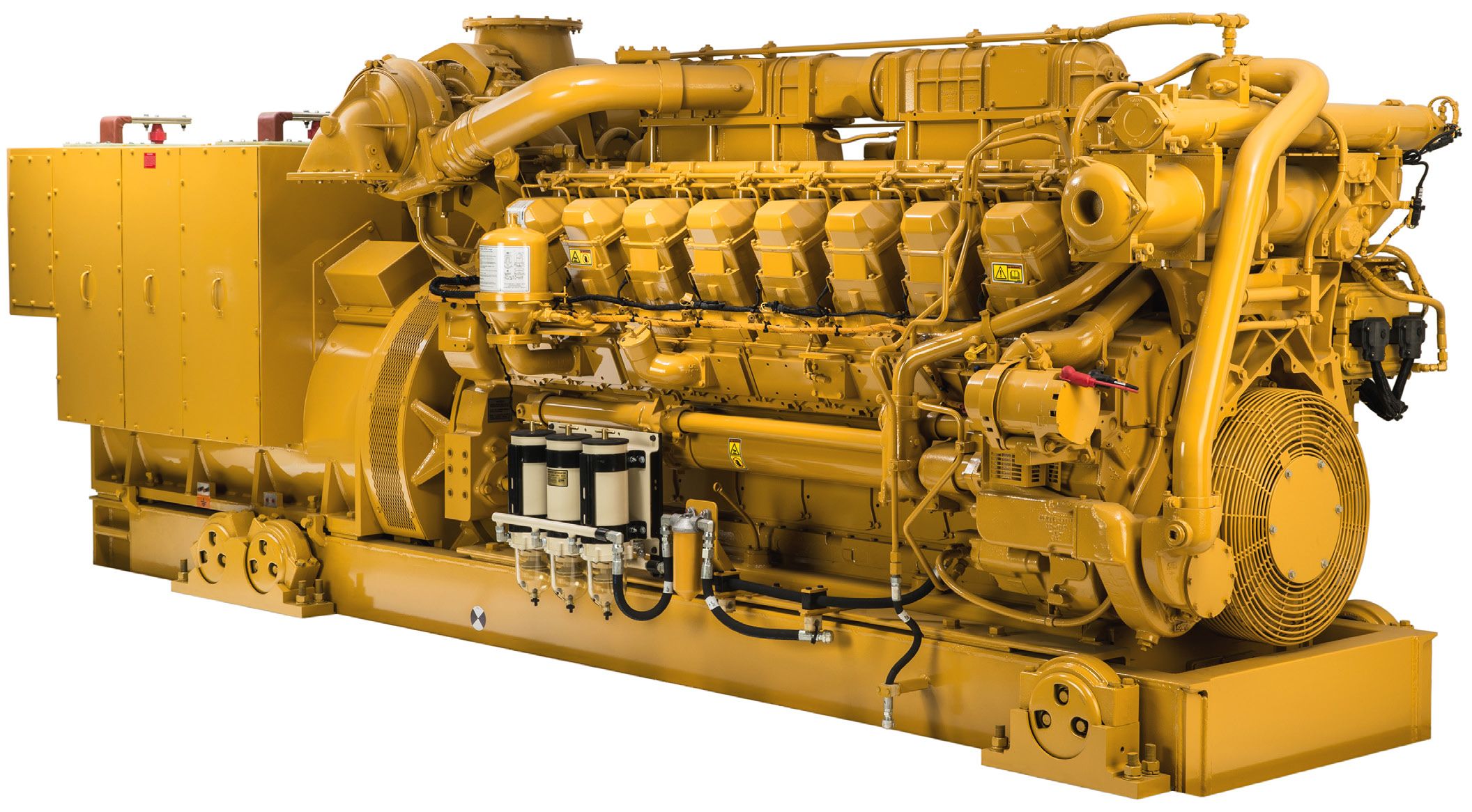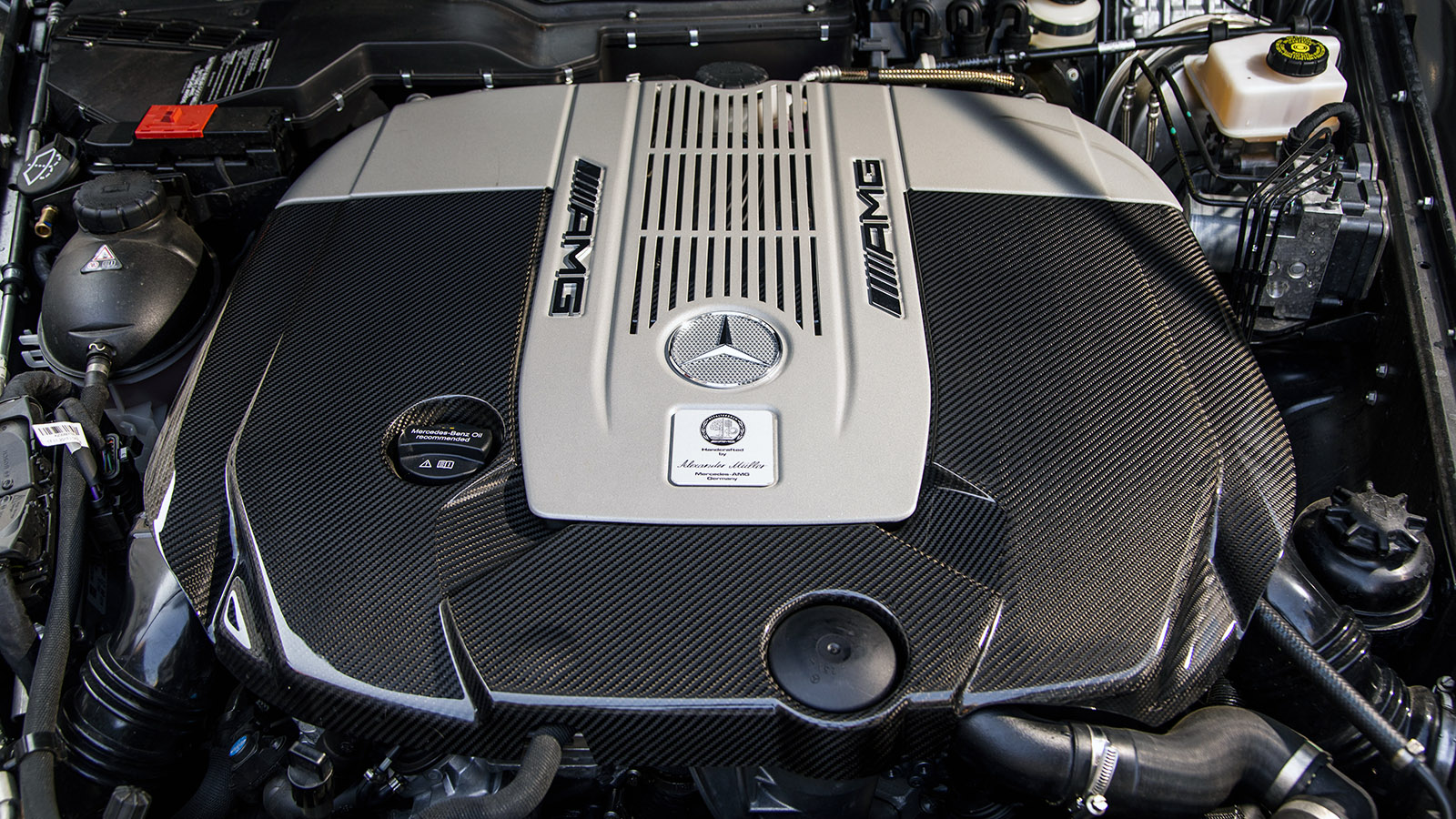Shop Engines for Africa and More at Our Extensive Vehicle Parts Shop
Shop Engines for Africa and More at Our Extensive Vehicle Parts Shop
Blog Article
The Quest for Ultimate Driving Power: Exploring the Pinnacle of Engine Performance and Technological Advancements in the Automotive Market
In the world of automotive engineering, the search of optimum driving power has been a ruthless pursuit that has unravelled via the advancement of engine style and the integration of cutting-edge innovations. From the meticulous workmanship of burning engines to the fast advancements in electrical propulsion systems, the automotive field stands at the cusp of a brand-new age identified by unmatched efficiency abilities. As designers and scientists dig much deeper right into the worlds of computational fluid characteristics and check out innovative fuel technologies, the perspective of possibilities broadens greatly. Remain tuned as we unravel the complex tapestry of technological developments that are shaping the future of automobile power and efficiency.
Development of Engine Style

Additionally, the assimilation of turbocharging and turbo charging modern technologies has reinvented engine layout by boosting power without considerably increasing engine dimension. These forced induction systems press the intake air, permitting more fuel to be ignited, consequently creating greater power outcome from a smaller sized engine. This advancement has actually been particularly crucial in boosting the efficiency of smaller sized displacement engines while keeping fuel effectiveness requirements.

Performance-Enhancing Gas Technologies
The application of sophisticated fuel technologies has actually dramatically added to improving engine efficiency in modern cars. Biofuels, obtained from sustainable sources like corn, algae, or sugarcane, offer improved and decreased discharges engine effectiveness. Additionally, fuel additives and cleaning agents are being developed to clean engine components, enhance combustion, and minimize friction, thereby boosting overall car performance.
Innovations in Electric Propulsion
Substantial strides in electrical propulsion modern technology have actually changed the auto industry, leading the method for a brand-new age of sustainable and effective transportation. Electric lorries (EVs) are getting appeal due to their ecological benefits and innovations in battery modern technology, making it possible for longer driving ranges and shorter charging times. Suppliers are investing greatly in r & d to boost the efficiency of electrical propulsion systems, concentrating on boosting power output, enhancing power efficiency, and lowering general weight.
One significant innovation in electrical propulsion is the advancement of sophisticated electric motors that deliver greater torque and power thickness, causing boosted acceleration and overall driving efficiency. In addition, regenerative braking systems have actually been refined to catch and keep energy throughout deceleration, further improving the performance of EVs.
In addition, the combination of clever technologies, such as expert system and anticipating analytics, is enhancing the monitoring of electric propulsion systems, guaranteeing ideal efficiency under numerous driving problems. These improvements in electrical propulsion are improving the automotive landscape, driving the industry in the direction of a much more lasting and amazed future.
Impact of Computational Fluid Dynamics
With advancements in electric wikipedia reference propulsion pressing the borders of auto modern technology, the integration of Computational Fluid Characteristics is playing a crucial duty in enhancing aerodynamic performance and enhancing general performance in vehicle design. Computational Fluid Characteristics (CFD) involves the use of computer simulations to evaluate the circulation of air around a vehicle, allowing designers to predict exactly how design changes will certainly influence the rules of aerodynamics without the demand for expensive physical models. By properly modeling air movement patterns, CFD permits the improvement of lorry shapes to lower drag, improve cooling, and boost security.
One trick benefit of utilizing CFD in car style is the capability to repeat swiftly, exploring numerous layout variations to official statement determine one of the most aerodynamically effective options. This repetitive process leads to cars that are not only sleeker and extra aesthetically enticing however likewise more fuel-efficient and eco pleasant. Furthermore, CFD enables designers to enhance air movement around parts such as radiators, engine bays, and wheel wells, adding to improved efficiency and overall driving experience. To conclude, the assimilation of Computational Liquid Characteristics stands for a substantial advance in the mission for utmost driving power and efficiency in the automobile market.
Future Trends in Engine Innovation
In the vibrant landscape of automotive engineering, advanced improvements are forming the future trajectory of engine development. The future of engine design is noted by a solid emphasis on efficiency, sustainability, and efficiency. Makers are progressively concentrating on creating engines that not just deliver high power outcomes but likewise prioritize environmental responsibility by improving and reducing emissions fuel performance.
One noticeable fad in engine innovation is the surge of electrification. Hybrid and electrical powertrains are gaining traction as feasible alternatives to traditional combustion engines. These innovations supply the potential for substantial decreases in carbon discharges and boosted power performance, lining up with international initiatives to battle climate modification.
In addition, developments in products science and manufacturing techniques are enabling the manufacturing of lighter and much more resilient engine parts. This change towards lightweight materials such as carbon fiber and light weight aluminum alloys contributes to improved performance and gas economy.
Conclusion
To conclude, the search of supreme driving power in the automobile sector proceeds to drive advancements in engine layout, fuel innovations, electric propulsion, and computational liquid characteristics. The development of these technologies is forming the future of engine development, leading the way for much more reliable and powerful cars (engines for africa). As the industry remains to push the borders of what is feasible, we can anticipate to see a lot more groundbreaking advancements in the quest for peak performance
One of the crucial Check Out Your URL turning points in engine layout development is the transition from typical carbureted engines to modern-day fuel-injected systems. By specifically metering the gas delivery to each cyndrical tube, fuel-injected engines maximize burning, resulting in far better performance and minimized ecological impact.
Furthermore, the combination of turbocharging and turbo charging technologies has transformed engine style by increasing power without dramatically raising engine dimension (engines for africa).The implementation of advanced gas technologies has actually significantly contributed to enhancing engine performance in modern cars. Additionally, gas additives and cleaning agents are being created to tidy engine elements, maximize burning, and minimize friction, consequently increasing total vehicle efficiency
Report this page